It is not often that a book’s blurb gives any idea of what’s inside, but Helen Castor’s endorsement — ‘a masterclass in the practice of history’ — is as good a description of this brilliant new biography of Charlemagne as we are likely to get.
The broader contours of the life will be familiar to many readers, but what we have here — pace Janet Nelson — is less the ‘old-fashioned’ biography that she claims but a wonderfully generous sharing of knowledge that combines the conversational tones of the ideal classroom with the intensity of the trained anatomist, poised, knife in hand, to reveal the musculature beneath the skin.
Of course, the one thing that the anatomist cannot do is to bring the corpse back to life; but Nelson needs no reminder of that. There are historians who would argue that a biography of Charlemagne is simply not possible; and while her book goes a long way to refute the idea, she is the first to recognise that the moment one begins ‘to feel at home’ with him is the moment ‘to feel wary’. His values and priorities ‘are not ours’, she warns: ‘The experience of finding the early Middle Ages strange… is, for readers as well as writers of books about the period, the beginning of wisdom.’
It is not just the ‘cultural distance’ that is the challenge — the absolute ‘otherness’ of a man who was equally at home ravaging Europe or thrashing out the theological niceties of the ‘Adoptionist’ heresy — but the nature of the evidence about Charlemagne’s life. Within 20 years of the emperor’s death, Einhard had written his enduringly readable Vita Karoli Magni; but for the modern historian, suspicious of Einhard’s bias and his silences, and starved of the kind of direct insights that a later period might produce, the answers have to be sought among the charters, letters, capitularies, papal records, annals — ‘official’ and ‘independent’ — and surviving physical remains that provide the patchy and sometimes ‘treacherous’ evidence.
And what a life it was! Charles, the son of Pippin and the grandson of Charles Martel, was born in 748 into a warrior family that over three generations had moved from being the power behind the Frankish throne to the throne itself. In 751 his father deposed and tonsured the last of an increasingly irrelevant line of Merovingian kings, and on his death in 768 — following an infallible Pippinid recipe for fraternal strife — divided his kingdom between his two sons, Charles and Carloman.
The convenient death of Carloman just three years later, and the rather more sinister disappearance of his wife and sons from all records — the Princes in the Tower come to Nelson’s mind — solved that problem; and the reunification of the Frankish kingdom was only the beginning of a programme of territorial expansion that would extend Charles’s power southward to the Spanish March and the foot of Italy and eastward to the Danube and the fringes of the Byzantine empire.
If Charles had been nothing but a supremely successful warlord his name would hardly resonate in the way it does; and yet there is no hiding from the fact that war was at the heart of his reign, conquest its driving force, and plunder — particularly the fabulous riches of the Avars — not just an important economic resource but the crucial glue that bound an empire obsessed with ‘loyalty’ together.
There was nothing chivalrous about these wars either: razing, burning, pillaging, slaughter, compulsory mass conversions and migrations were the order of the day. And perhaps nothing so vividly enforces a sense of strangeness than that all this coexisted with a deep and genuine piety. Nobody who has seen Charles’s church at Aachen could doubt that there was another, astonishingly rich side to the Carolingian court world. But it perhaps still needs stressing that there was nothing hypocritical about his faith, nothing contradictory in the directions of his political and religious agendas, or insincere in his devotion to justice.
Nor was there anything that a contemporary (and it is his impact on his own times and not a teleological view that Nelson is interested in here) could baulk at in the Lateran mosaic, which shows St Peter, flanked on one side by Pope Leo III and on the other, banner in hand, by Charles himself. He is no longer just the ‘Rex Frankorum’ of 768, but, since Christmas Day 800, Carolus serenissimus augustus, ‘crowned by God, great peacemaking emperor governing the Roman empire and also by God’s mercy king of the Franks and of the Lombards’.
It is a fine drumroll of a title, and a fitting way to sign off a life lived on a giant scale. Six foot three tall, the father of 19 children by a succession of wives and discarded mistresses, the hammer of the Saxons, the Lombards and the Avars, the creator of Aachen — there was nothing in his private or public life small about Karl der Grosse.
Whether his empire was already in terminal decline before his death divides historians. Whether, finally, anything else can bring Charles the man rather than Charlemagne the legend into the kind of focus a biographer strives after, Nelson herself doubts. ‘I have made a journey towards the Other,’ she concludes. ‘I have not found him — that would be ridiculously too much to hope for. But perhaps I have got nearer to him — and encouraged new generations of historians to get nearer still.’
Good luck to them, because an equally fitting, if less modest, postscript might have been found in the final rhetorical words given to ‘Karlus’ in Alcuin’s De Rhetorica: ‘Who would dare say that we have talked in vain?’
Got something to add? Join the discussion and comment below.
Get 10 issues for just $10
Subscribe to The Spectator Australia today for the next 10 magazine issues, plus full online access, for just $10.
You might disagree with half of it, but you’ll enjoy reading all of it. Try your first month for free, then just $2 a week for the remainder of your first year.

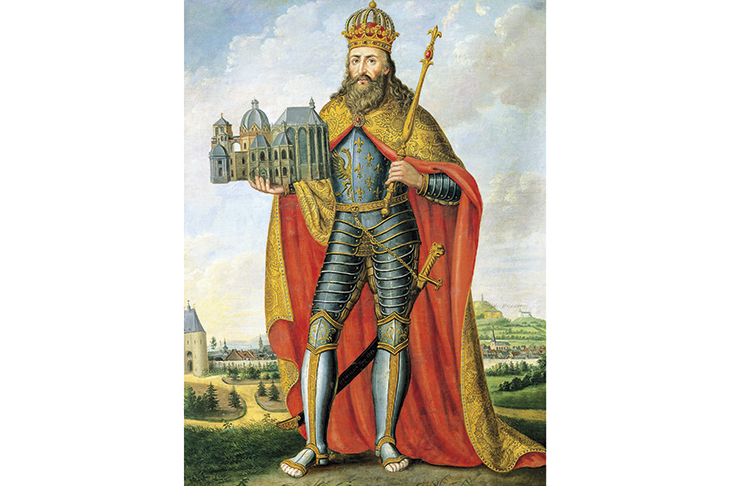


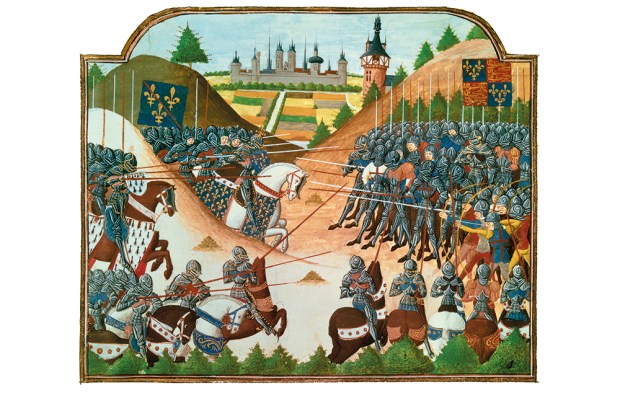
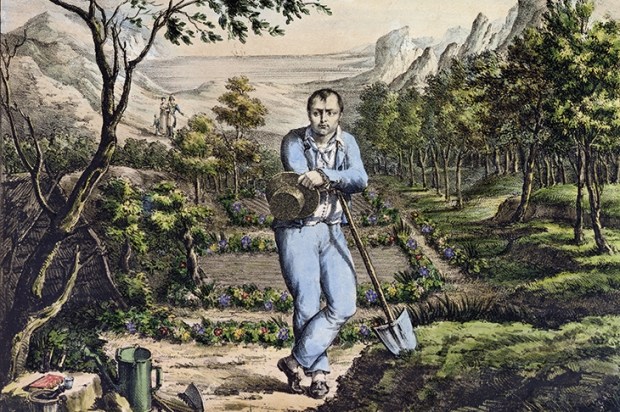
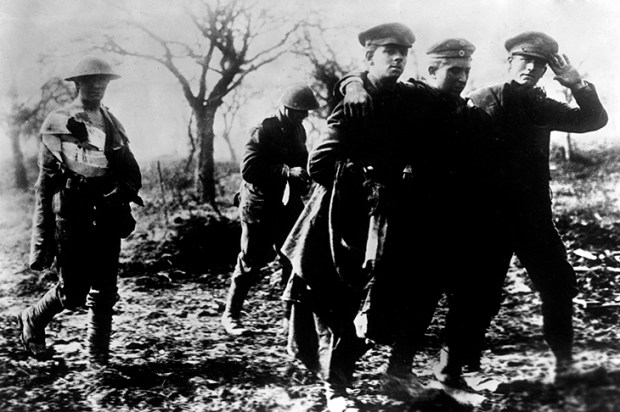
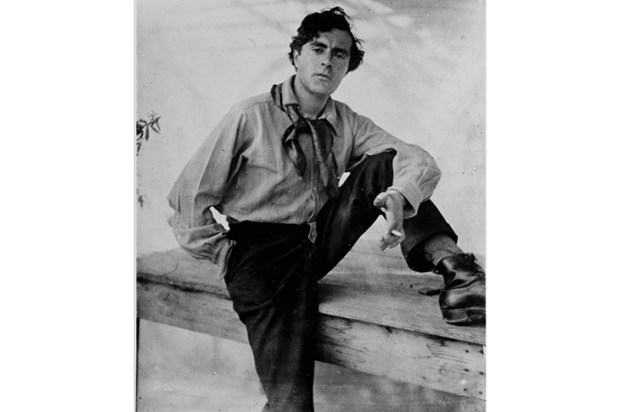






Comments
Don't miss out
Join the conversation with other Spectator Australia readers. Subscribe to leave a comment.
SUBSCRIBEAlready a subscriber? Log in